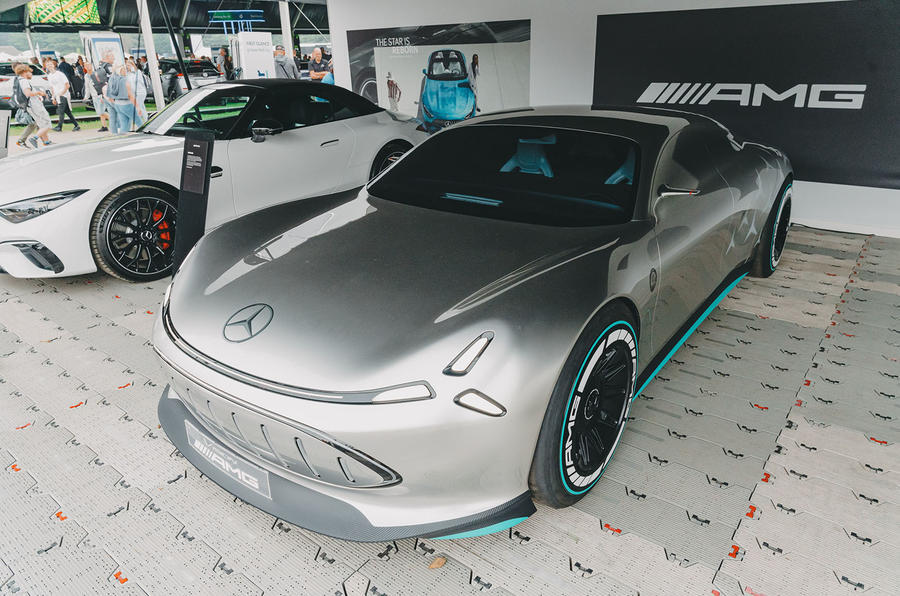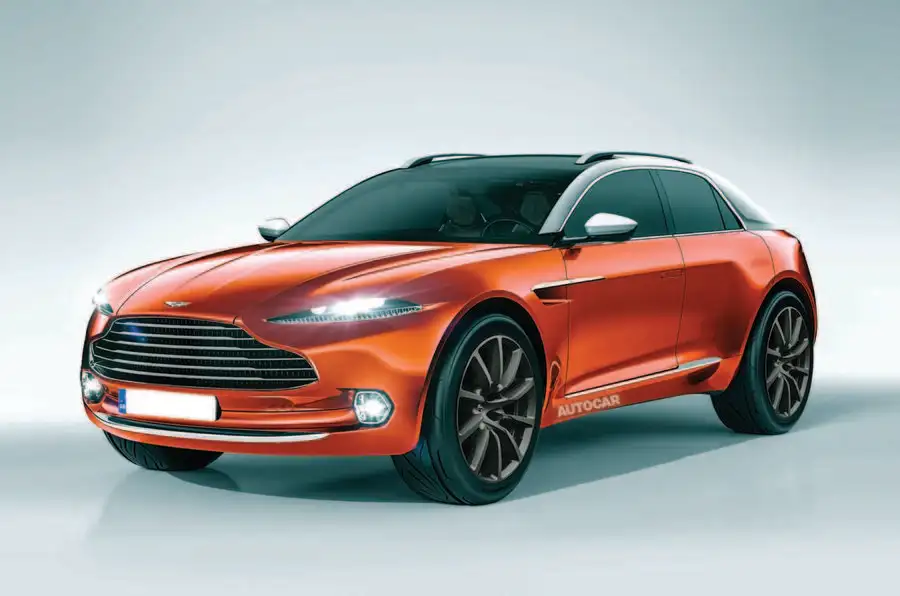Aston Martin is weighing up potential ties with Lucid, Rimac and Mercedes-Benz architecture for its first electric sports car, due in 2025.
The firm has today announced a huge, £653 million investment plan aimed at paying back debts, ramping up production volumes and boosting profits - but the package will also be instrumental in the fruition of Aston's electrification strategy.
The Gaydon firm's first plug-in hybrid – expected to be based on the Aston Martin DBX SUV – will be launched in 2024, before a pure-electric model arrives in 2025 on the way to a "fully electrified GT/sport and SUV portfolio" in 2030.
Both an electric sports car and SUV have previously been mooted for a 2025 launch, with executive chairman Lawrence Stroll saying: “We’re literally defining now the products we want to launch with and expect to have an answer early next year.”
Details of the first electric car are unclear, but Stroll conceded that a halo supercar or hypercar car was among those being considered. The firm has previously pledged to build it in Britain and agreed to work with Blyth-based outfit Britishvolt on a new "high-performance" battery that aims to offer "new standards of repeatable on-track performance, charging time and range”.
As a direct shareholder that already has many of its systems integrated into the firm's cars, Mercedes-Benz offers the most direct route for Aston Martin into electrification. Today, it holds a 9.7% stake in the British firm, to be boosted by a further investment in the autumn.
Aston already uses Mercedes-AMG V8s and Mercedes-based infotainment in its current cars and is considering the prospect of a similar supply arrangement for its electric models.
A natural fit for an Aston Martin EV would be the upcoming AMG.EA architecture that Mercedes' performance division is currently developing for use in dedicated electric sports cars - as previewed by the radical Vision AMG concept earlier this year, which will evolve into a production car in 2025.










Join the debate
Add your comment
I said it when the AMG engine arrived: First it's shared engines, and then it's shared platforms. Such a car is NOT an Aston Martin, whether it's a Benz, Lucid or Rimac underneath, no matter what they say or what badge it wears. Shameful, and sad.
Wait a minute...I thought the DBX was made from the beginning to be a BEV?! So, like their six cylinder that was put out to pasture just before it’s introduction after all that engineering and funding, along with the major reworking of the current hyper/super car, Aston is going to now just buy an EV platform from another automaker? For what, to ‘save’ money?!?! Smh